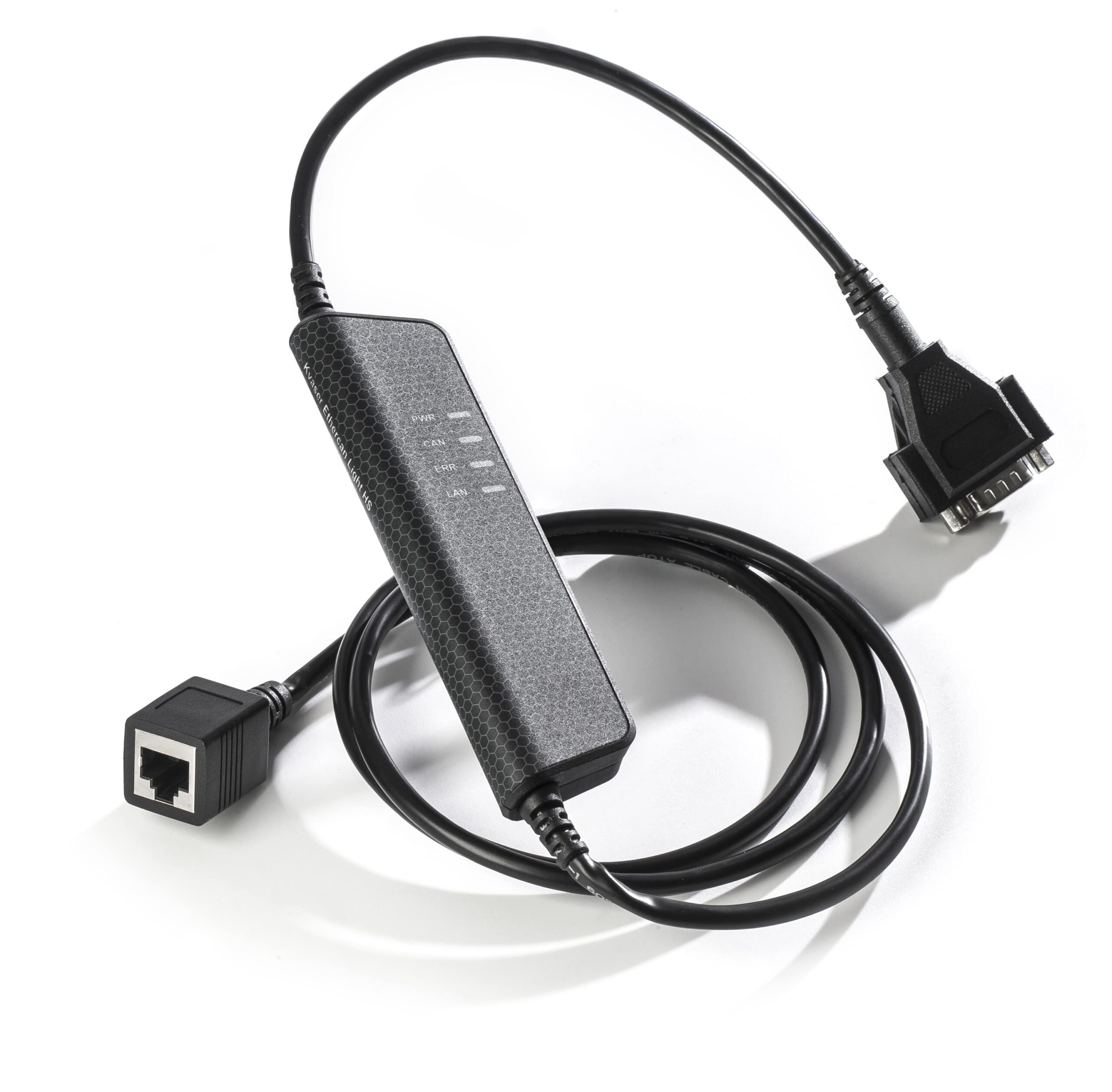Explains Carmelo Occhipinti, Sales Manager for Datamatics Group: “CAN allows us to collect data in real-time on the crane’s operating parameters, such as fuel consumption, crane lift angle and extension, load weight, move duration, grasp engagement etc. We use this information to produce a variety of dashboards and KPIs to analyse operating conditions and provide feedback to help the customer optimise the use of their cranes. For example, an alarm is transmitted to the maintenance director if the crane’s tyre pressure goes below a certain threshold, as tyres at optimal pressure save at least 10% of the fuel used. This type of real-time monitoring applies to all the crane’s main components, avoiding unplanned stops and reducing the risk of equipment damage.”





 linkedin
linkedin twitter
twitter youtube
youtube youku
youku weixin
weixin